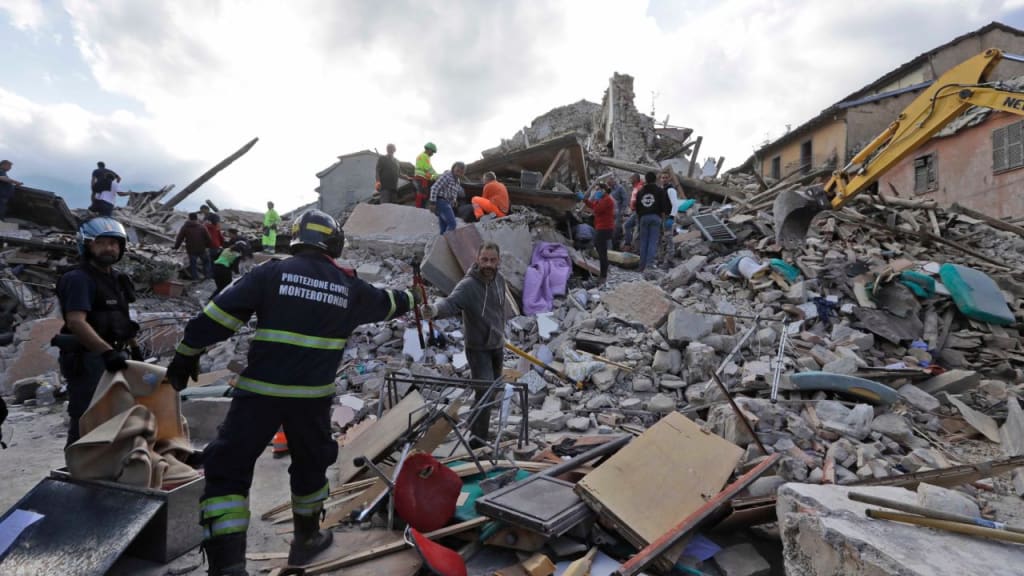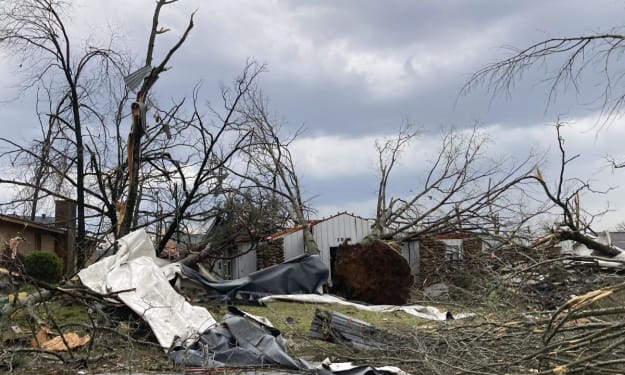
Natural disasters are events that are caused by natural forces and can have devastating impacts on the environment, human populations, and the economy. Some of the most common types of natural disasters include hurricanes, tornadoes, earthquakes, floods, wildfires, and volcanic eruptions. In this article, we will take a closer look at the natural disasters we face and the potential impacts they can have.
Hurricanes are powerful storms that form over warm ocean waters and can cause high winds, heavy rain, and storm surges. In recent years, hurricanes have become more frequent and more intense due to climate change. Hurricane Katrina in 2005 and Hurricane Harvey in 2017 were two of the most destructive hurricanes in U.S. history, causing billions of dollars in damage and displacing thousands of people.
Tornadoes are rotating columns of air that form in thunderstorms and can cause severe damage to buildings, vehicles, and other structures. They are most common in the United States, but they can occur in other parts of the world as well. In 2013, a massive tornado hit Moore, Oklahoma, causing 24 deaths and destroying thousands of homes and businesses.
Earthquakes are caused by the shifting of tectonic plates beneath the earth's surface and can cause severe damage to buildings and infrastructure. They are most common in regions with high seismic activity, such as the Pacific Ring of Fire. The 2011 earthquake and tsunami in Japan caused widespread devastation, resulting in thousands of deaths and billions of dollars in damage.
Floods are caused by heavy rain, snowmelt, or coastal storm surges and can result in extensive property damage and loss of life. In recent years, floods have become more frequent and severe due to climate change. The 2019 floods in the Midwest United States caused billions of dollars in damage and displaced thousands of people.
Wildfires are natural disasters that are becoming more common due to climate change and human activity. They are most common in dry, hot regions and can cause extensive damage to forests, homes, and other structures. The 2018 California wildfires were among the deadliest and most destructive in U.S. history, causing billions of dollars in damage and resulting in dozens of deaths.
Volcanic eruptions can have significant impacts on the environment and human populations. They can cause widespread ashfall, pyroclastic flows, and lahars, which can damage buildings, infrastructure, and crops. The eruption of Mount Pinatubo in the Philippines in 1991 resulted in significant damage to the surrounding area and displaced thousands of people.
In addition to these natural disasters, there are many other types of hazards that can cause significant harm, such as landslides, avalanches, and tsunamis. While it is impossible to predict when and where these events will occur, there are steps that can be taken to minimize their impact.
One important step is to invest in disaster preparedness and emergency management. This includes developing evacuation plans, providing emergency supplies, and conducting regular training exercises. It is also essential to invest in infrastructure that is designed to withstand natural disasters, such as building sea walls to protect against storm surges or retrofitting buildings to withstand earthquakes.
Another important step is to address the root causes of natural disasters, such as climate change and environmental degradation. By reducing greenhouse gas emissions and promoting sustainable land use practices, we can help to mitigate the impacts of natural disasters and build more resilient communities.
In conclusion, natural disasters are a significant threat to human populations and the environment. While it is impossible to prevent these events from occurring, there are steps that can be taken to minimize their impact. By investing in disaster preparedness, emergency management, and sustainable development, we can build more resilient communities that are better equipped to face the natural disasters we are likely to encounter in the future.
Credit:
About the Creator
Pinkee
The economy's in the toilet read about it here.






Comments
There are no comments for this story
Be the first to respond and start the conversation.